eXtremely Sexy Audio (XSA) Labs is a new old audiophile manufacturer. Old because it is staffed by veterans of the industry with “over 110 years of combined experience in the audio, electrical, and aerospace engineering fields”. And their first product to hit the market, the XSA-Labs Vanguard Loudspeaker is a classic indeed with a solid tip of the hat to the famous Rogers LS3/5a which was designed by the BBC to be the ideal studio monitor.
Employing modern materials and manufacturing techniques to a proven time-honored design, the Vanguard features a 130mm treated paper cone woofer and a 28mm silk dome tweeter with a unique inverted Harsch transient perfect passive crossover using premium components and voiced to provide a balanced non-fatiguing sound signature with superb imaging and timing. Available in two different woods (Birch and Bamboo) and three different finishes (Gloss Blonde or Satin Brown for the Birch, and Satin Finished Bamboo for the Bamboo) the Vanguard cabinet construction is par excellent. The Bamboo (which is what I received for review) adds its unique resonance damping hard and stiff properties to the superb joinery which is coupled with mass-loaded foil-covered butyl interior vibration-dampening sheets along with open cell foam applied to all walls to make the Vanguard housing as acoustically dead as possible minimizing distortion. It is noted on the XSA-Labs website that the front baffle is removable, presumably one supposes for in-wall installations, and the front grill is mounted using magnets for easy removal.
The Sound Checks:
I burned in the XSA-Labs Vanguard Loudspeakers using my LSA Discovery Warp One Stereo Amplifier, Black Dragon Speaker Cables, and Core Power Technologies A/V Equi=Core 1000 sourced by my FiiO M11 DAP running Qobuz. Though for serious listening I switched to my LSA VT-70 Tube Integrated Amp with Gold Lion KT88s and Audio-gd R2R-1 DAC with the M11 as a music server (my new computer introduces a noise to the USB that is picked up by the VT-70, presumably via the ground connections so the M11 is much quieter and supports PCM and DSD).
My first discovery was the Vanguards are the most room-friendly speaker I have tested. I started with them on the live end as most small speakers want to reflect off a wall to enhance the bottom end, while this sounded good, I followed up by opening the panels behind the speakers to extend the room which opened up the soundstage a little without affecting the bottom end. I then moved them to the dead end to get a little rear wall reflection for a more enveloping soundstage, this made almost no appreciable difference, so I set them up as near-field monitors which pretty much eliminates the room, and experienced pretty much the same sound profile. I can only attribute this to the deadness of their cabinets (if you don’t have sound radiating from the sides and back of the cabinet then it will react less with the room). After further experimentation, I ended with them on the dead end, on-axis, and the seating position about two feet closer than what I would normally do (basic formula is twice the distance from the speaker as they are apart) to achieve my preferred soundstage of about twenty feet from the stage.
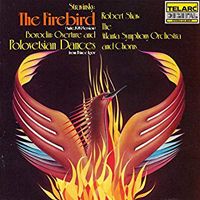
Since I used Robert Shaw and Atlanta Symphony Orchestra’s performance of “The Firebird Suite” from the CD version (16-bit/24kHz) of “Stravinsky: The Firebird; Borodin: Music from Prince Igor” to tweak-in the setup, this was my first serious listening track. The tonal balance was spot on with a rich bottom end and excellent dynamics, as well as pinpoint imaging. The soundstage was both wide and deep placing the woodwinds up front and the strings behind, with the tympanis in the back.
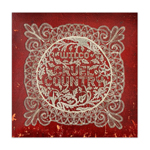
Wilco on the other hand was right in the room with me a few feet away singing songs from their new album “Cruel Country” (24-bit/96kHz – Qobuz). I could see the amplifiers sitting right there, the slide guitar a little to my right about five feet away with a bit of reverb, the acoustic guitar on my left, with the drums just behind singer Jeff Tweedy and the organ behind the slide.

Listening to “Dirty Work” by Steely Dan (“Can’t Buy A Thrill” – 24-bit/192kHz – Qobuz) I tweaked the placement a little more to give me a concert hall feel rather than club, this entailed toeing the speakers off-axis slightly outward and moving my seat slightly back. The horns were glorious and the Rhodes rich and throaty.
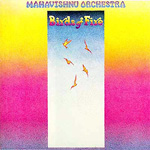
“Birds of Fire” (“Birds of Fire” – Mahavishnu Orchestra – DSD) was spectacular, the competing violins behind and outside the speakers and the guitars more inbound, one drumset center stage at the rear, one on my right, with the keyboards centralized, the Vanguards had no problem keeping up with the myriad of clashing instruments, placing each in its own space. Again the bass was strong and natural.
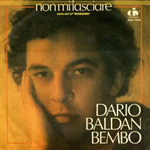
For my last test with the VT-70, I picked Dario Baldan Bembo singing “Non Mi Lasciare” (16-bit/44.1kHz) to gauge the subsonics as well as the musicality of the Vanguards. Right from the opening, the piano was rich and full and the vocals were pure and clear, again the dynamics were exceptional and the subsonics, though recessed had full tonality.
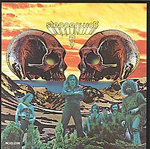
Returning to the LSA Warp One using my Questyle CMA400i as DAC/Preamp (the R2R-1 doesn’t have volume control, so rather than introducing another component to the system, I went with the 400i) and booting up JRiver on my computer I selected “Snowblind Friend” as performed by Steppenwolf from their album “Steppenwolf 7” (24-bit/192kHz) and was transported into the studio, though the multi-track recording made for a much larger band than the five players could provide considering the five separate guitar parts (steel string acoustic, steel slide, electric slide, electric, and banjo, not to mention bass guitar; for live performances, they skipped the electric and the slide guitars) not to mention John Kay’s acoustic guitar was slightly to the left of his vocal, so the soundstage though three dimensional and realistic did not reflect the actual performance (which is an attribute of the recording, not the speakers). The key characteristic was the musicality, which was outstanding for a solid-state amplifier, and the Vanguards really warmed up to the additional power of the Warp One.

As a final test, since I had not as listened to female vocal, I chose “I Got You Babe” by Sonny & Cher (“Look At Us” 24-bit/192kHz). The mono recording made the soundstage feel deeper, but otherwise, the sound was fantastic, the Vanguards traversing Cher’s dynamic vocal with ease.
The Conclusions:
The XSA-Labs Vanguard Loudspeakers check off all of the boxes for an audiophile speaker, except for one, expense. Excellent imaging, fantastic soundstage, great tonal balance, very dynamic, room agnostic, and beautiful fit and finish. They are as resolute as one can expect from a dynamic speaker, and the crossover is liquid smooth, the small paper cone woofer well able to keep up with the silk dome tweeter.
The Vanguards are also very amplifier friendly, dishing out musicality from tubes and solid-state alike. While 35 Watts was more than enough power to drive them, they did like the extra headroom that 150 Watts provided.
Music lovers will find the Vanguards will give them everything they are looking for in a sound system, though they would definitely be enhanced by adding a subwoofer. Understand that this is an audiophile speaker focused on sound quality rather than sound quantity, they are not going to give you front row at an AC/DC concert. While they are perfectly able to present the full tonality of music as is, and most listeners will be completely satisfied with them on their own, especially Personal Audio fans who are used to listening to music rather than feeling it, bass heads are going to want a subwoofer to provide that feeling of impact.
I won’t pretend that these are $10,000 speakers, but at their limited quantity introductory price of $799 ($899 for the Gloss Blonde finish) the XSA-Labs Vanguard are one of the best deals out there, especially when one considers the extremely small footprint and relatively low room interaction that makes them perfect for any room no matter the size, I simply can’t recommend this speaker enough.
Price: $799 (limited run introductory price, MSRP $1,099)
Manufacturer’s Website: www.xsa-labs.com
Specifications:
Vanguard 2-way bookshelf monitor
Exclusive inverted passive Harsch crossover topology developed by XSA Labs to provide snappy quasi-transient perfect sound for crisp percussion and accurate imaging with a wide sound stage.
Continuous Power Handling: 50w maximum RMS
Sensitivity: 83dB at 2.8Vrms and 1m
Frequency response (4 pi anechoic): 82Hz (-3dB) and 70Hz (-6dB) to 22kHz (-3dB)
Impedance: Minimum impedance is 7ohms, maximum impedance is 22ohms and average impedance is about 12ohms for music signals and phase is smoothly varying.
Measured impedance plot:

Physical dimensions: 7.5in W x 12.0in H x 8.0in D
Weight: 11 lbs 4oz each
Cabinets are constructed with internal battens and walls are lined with mass-loaded butyl sheets and covered in acoustic foam. Removable front baffle for servicing.
Crossovers are constructed using high quality film caps and custom-made air core and iron core inductors with premium flameproof resistors on a custom-made PCB.
Premium 5-way nickel finish binding posts.
Magnetically attached grill.














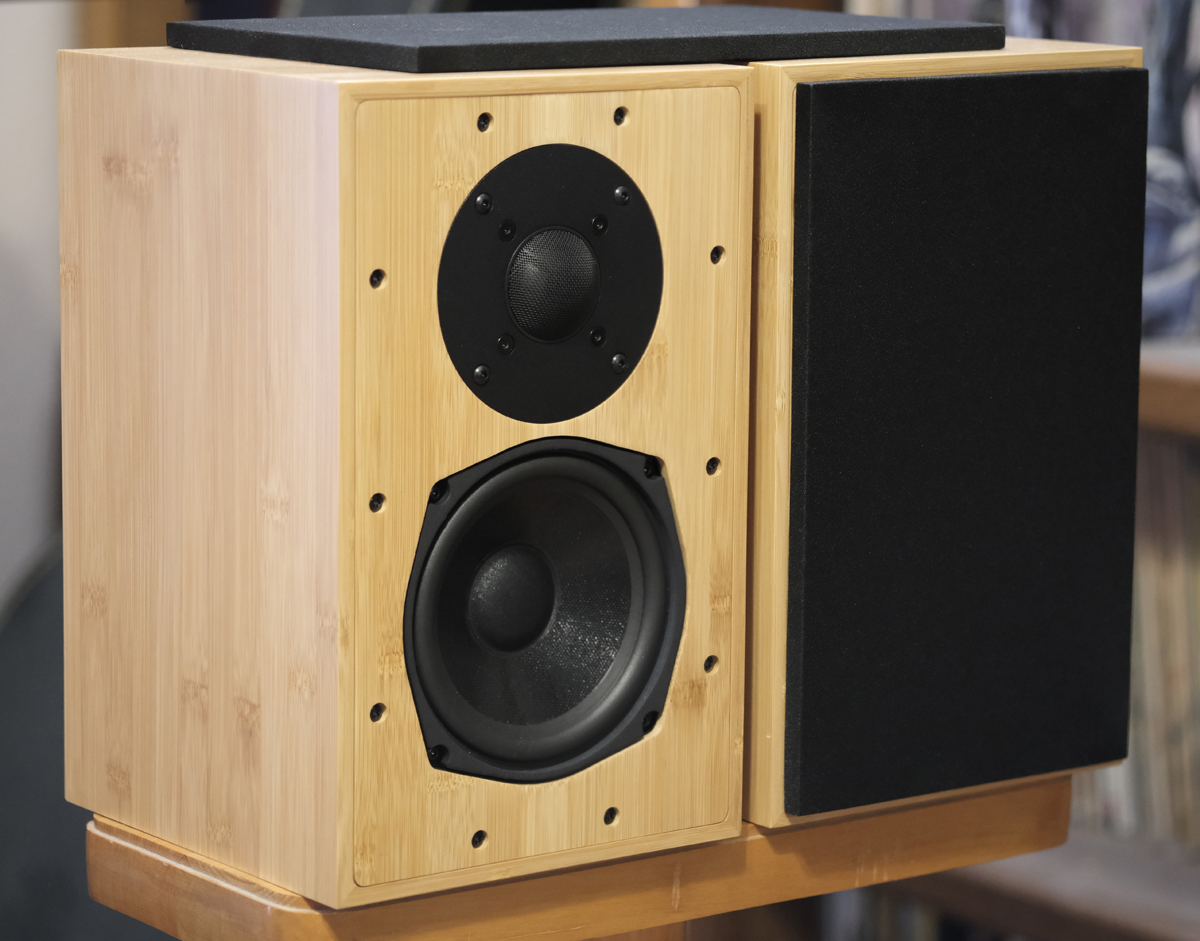
Want to join discussion?
Feel free to contribute!